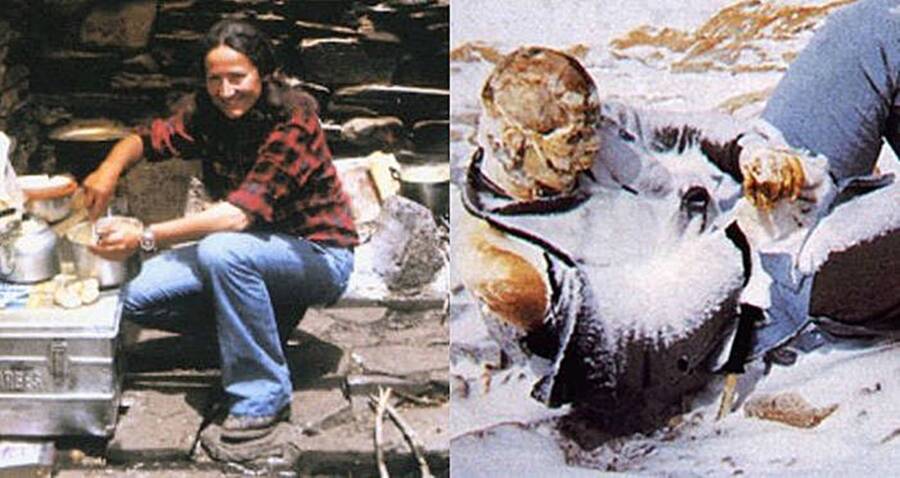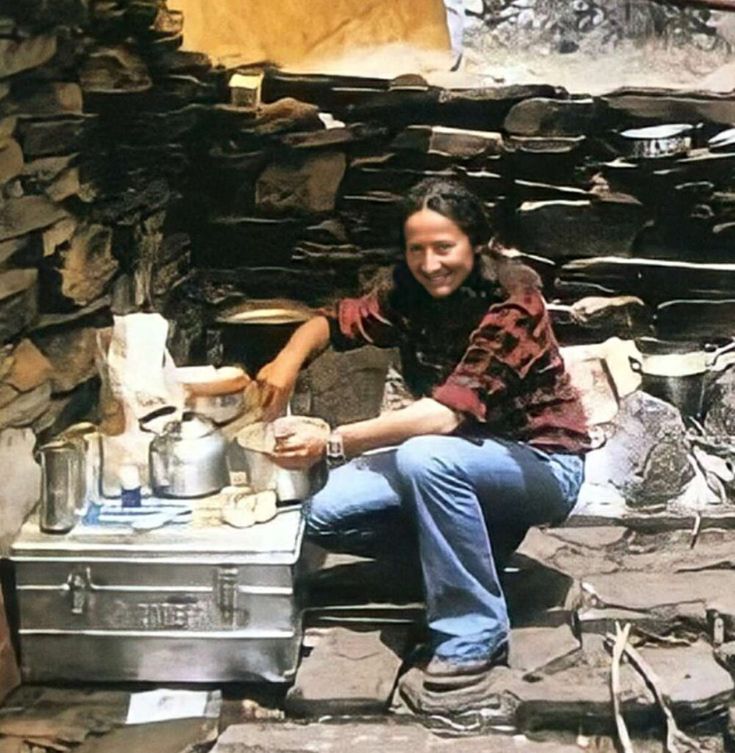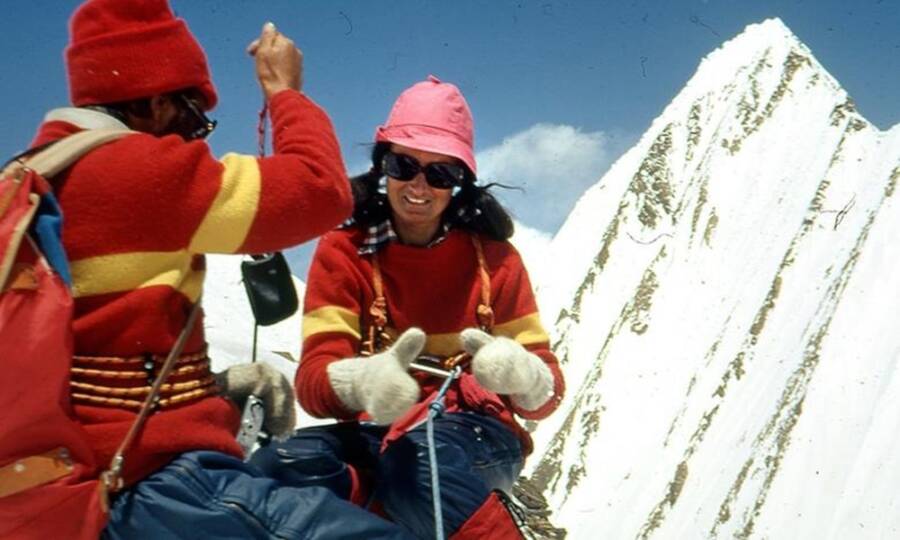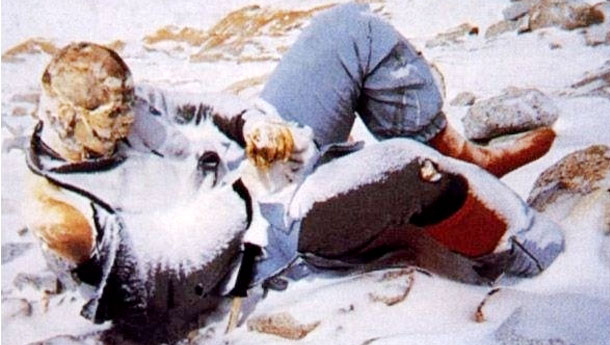Hannelore Schmatz: The First Woman to Lose Her Life on Mount Everest’s Slopes

On October 2, 1979, German mountaineer Hannelore Schmatz made history as the fourth woman to reach the summit of Mount Everest. Yet only hours after standing on the world’s highest peak, her journey took a tragic turn during the descent—a reminder of how unforgiving the mountain can be.

Hannelore was no stranger to adventure. Together with her husband, Gerhard Schmatz, she had already climbed many challenging peaks around the world. Their shared passion for mountaineering eventually led them to Everest, the ultimate goal for climbers. That year, they joined an expedition determined to conquer the mountain, prepared for the risks but driven by their love of the sport.
The summit itself was a triumph. Reaching 8,848 meters above sea level was a dream realized, but on Everest, reaching the top is only half the journey. The descent proved to be far more perilous. In the notorious “Death Zone,” where oxygen levels are dangerously low and exhaustion sets in quickly, every step requires immense strength.

As the team made its way down, fatigue began to take its toll. Ray Genet, a fellow climber, collapsed from exposure and did not survive the harsh conditions. Hannelore, already weakened, soon followed. She sat down to rest near the South Col, exhausted and unable to continue. It was there that her life came to an end, just hours after her historic achievement.
For years, her body remained on the slopes of Everest, preserved by the freezing temperatures. Climbers passing by would often see her, a haunting symbol of the mountain’s risks. Many described her presence as a stark reminder of the fine line between success and loss on Everest’s unforgiving heights.

Eventually, a powerful wind swept her remains from the cliffside. Since then, Hannelore Schmatz has never been seen again. Her story, however, continues to live on among mountaineers and historians alike. She is remembered not only as a trailblazer who stood on the roof of the world but also as a solemn example of the extreme dangers that Everest holds for those who dare to climb it.






